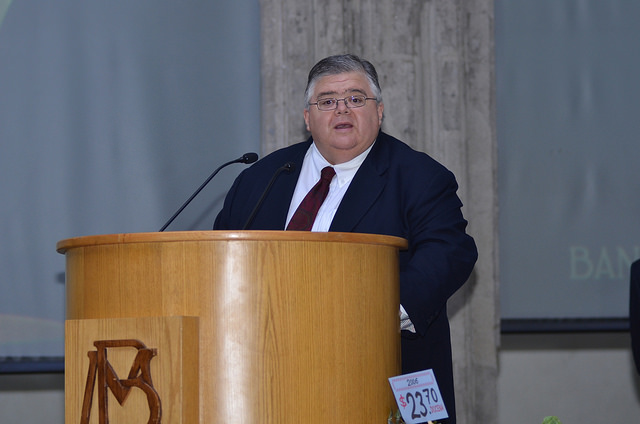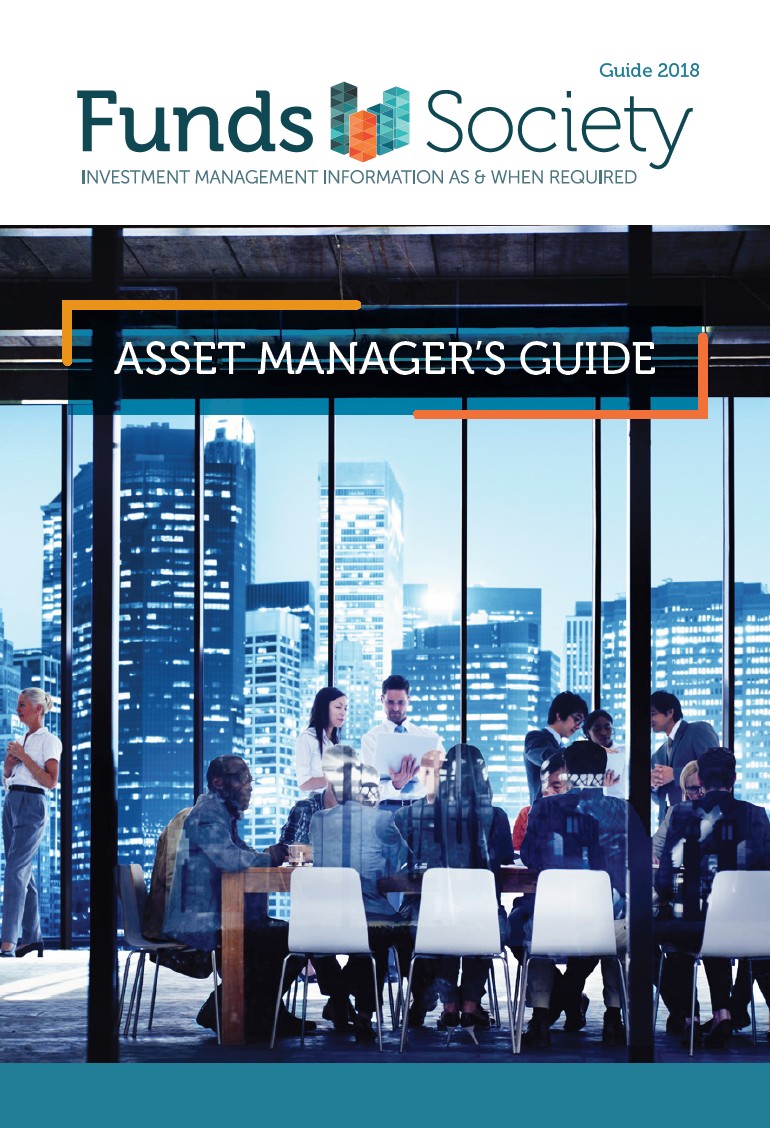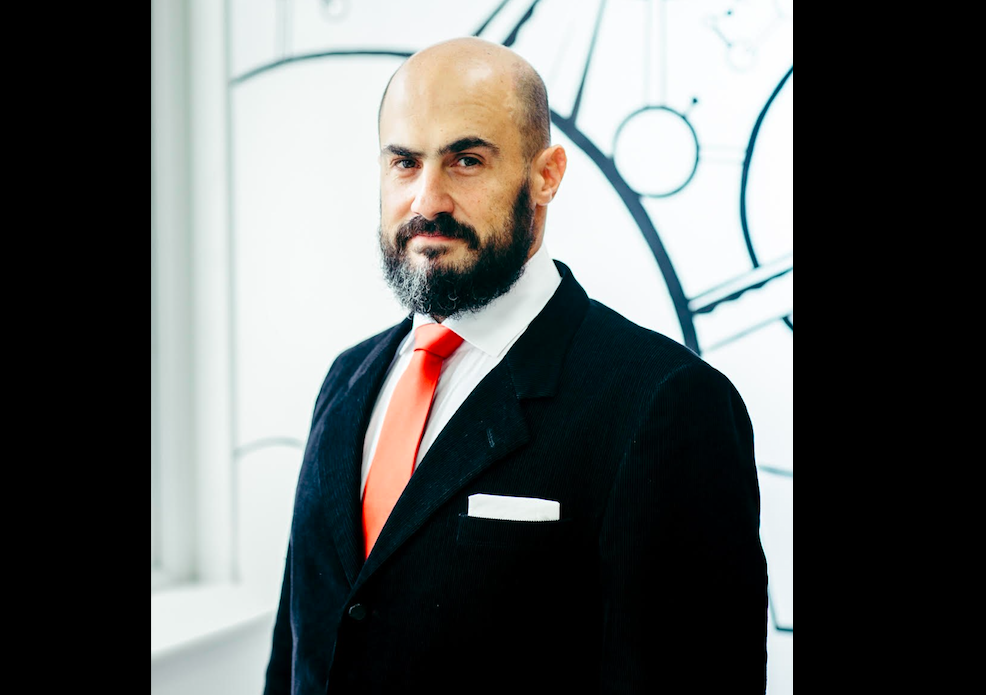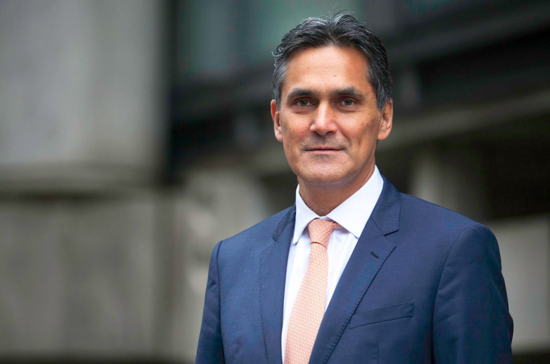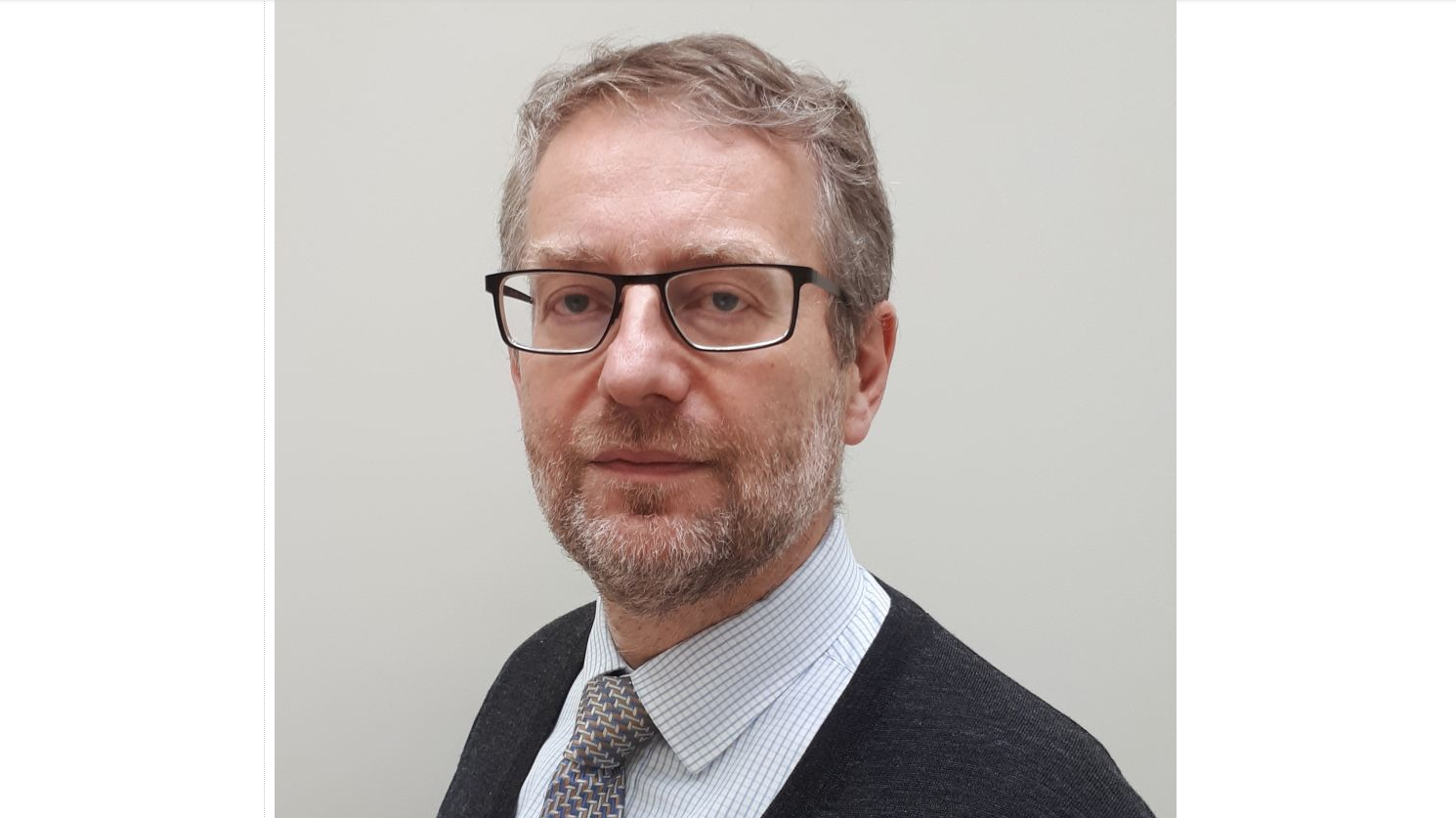Ann Steele (Columbia Threadneedle Investments): “There is a pocket of excellence in European technology”
| For Meritxell Sedo | 0 Comentarios
With synchronized global growth expected to continue for the rest of the year, there should be no reason why 2018 should not be a good year for European equities, says Ann Steele, senior portfolio manager of the Threadneedle Pan European strategy from Columbia Threadneedle Investments.
During the last business cycle, European shares achieved lower returns compared to the rest of the global equities because they suffered the sovereign debt crisis in addition to the global financial crisis, delaying its recovery. On the European continent, the healing process did not really start until 2015, but there are several reasons to be optimistic. According to Steele, the market consensus expects that GDP growth for Europe will be between 2.5% and 2.6%. In addition, long-term unemployment in Europe is around 9%, while today the unemployment figure is 7% and in some countries, such as Germany it is around 3%. “The labor market has fueled the recovery, this is a positive issue for the world and certainly for Europe,” says Steele. “We had political problems, banking problems, but we feel that 2018 is going to be a good year for European equities. We can see a 12% to 15% increase in earnings growth, and European equities trade on P/E ratios of 14x and dividend yields of 3,2x, being cheaper than the multiples of other global areas. That’s why we think investors should overweight Europe.”
In recent published data, the PMI indicator (Purchasing Manager’s Index) reached levels of 58.6. Typically, cyclicals tend to overperform in a market in which the PMI indicators are raising until they reach levels of 60, and after that they stop outperforming. “We believe that there is still a lot of headroom for growth. We do not believe that a salary increase in Europe will be a massive problem in the region. In fact, in the United Kingdom, there is practically no salary increase. Although inflation is starting to increase, it will be a gradual and slow increase, because there is still capacity within the system. Until this excess capacity disappears, rampant inflation will not be seen,” she adds.
Positive on cyclical sectors
Given the current scenario of positive benefits, Steele believes that the cyclical sectors will continue to be very attractive and that they will continue to outperform. “I have the ability to run a portfolio with about 50 positions. This allows me to be quite aggressive in exposure to sectors within the strategy. Currently, the portfolio has 52 shares, with a strong position towards cyclical stocks. To begin with, we have an overweight in the whole financial sector, including banks, insurers and diversified financial companies. We believe that financial balances have improved significantly. Bank lending has started to pick up and with every cyclical recovery the financial sector will benefit.”
“In another area where we have an overweight position are industrials, which clearly are a play on a cyclical rally. Within this category would be, for example, companies such as Volvo. However, I have a more neutral position in energy, increasing the weight in the technological sector. There is a pocket of excellence in the European technology sector. For quite some time, I owned Arm Holdings in the portfolio, a semiconductor and software design multinational that was purchased by SoftBank Group,” she says.
According to Steele, one must be careful in the selection of growth companies in Europe, because they will not be bought up by the American technological giants. “We can see growth in stocks such as SAP or ASML Holding, which based in the Netherlands and is a chip supplier company. Among its main clients are Intel, Samsung or TSMC. The growth in the next three years will be spectacular for this company. If I can find real conviction ideas, they will be included in the portfolio. Specifically, ASML is the fourth largest position in my portfolio.”
The gap between Europe and the United States
European equities are about 25% cheaper than US equities and the business cycle is considerably lagging. The continuity of momentum in the United States cycle will depend on the infrastructure spending program of the Trump administration. “After the recent statements made in Davos, the dollar suddenly depreciated and the euro appreciated slightly. In fact, the Fed is raising rates in the United States, while the European Central Bank continues to maintain its program of quantitative easing. We believe that the dollar is overvalued and that it should return a bit. “
If the euro came to appreciate strongly this could be a problem for Europe, which is mainly an exporting area. “Draghi will remain the president of the European monetary authority until the end of 2019. The ECB is very pragmatic, if there was a threat to economic growth in Europe, which remains very fragile, he would most likely intervene with a supportive monetary policy.”
The political risks
One issue that could affect the performance of European equities is the political uncertainty that the region is still exposed to. “On March 4 there will be elections in Italy. There are parties that are very anti-Europe, which do not represent an immediate threat, but which will promise more generous pensions and greater spending to mobilize the vote and that is precisely what we do not want governments to do. We must be careful with overpromising and overdelivering.”
In addition, Angela Merkel continues to have problems forming a government. And, although the SPD party has sent the message that they will be happy to form a grand coalition, what happens now is that the votes will depend more on young people who recently joined the party, that are usually against that great coalition. “There may be an agreement before Easter and if they do not reach it, there will be new elections in Germany,” she says.
Of course, the Brexit negotiations will continue to create background noise. “In last year’s elections they did not win a clear mandate, going from hard Brexit stands to a soft Brexit stands, something that, in my opinion, will be better for the United Kingdom and Europe. The two parties should be more flexible. It will take between four and six years to negotiate the terms of business, so this discussion will go on for many years”.
As for Spain, Steele believes that the country is doing phenomenally well. “The problem in Catalonia is a noise that grumbles on the background, but at the end of the day people vote with their wallet. Being one of the main industrial areas, they need to keep their jobs, no matter how passionate they may feel about independence. When a crisis happens again, they will be happy to be part of largest Spain, ” she concludes.

